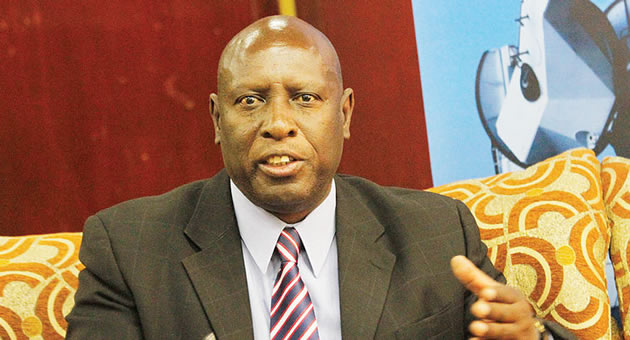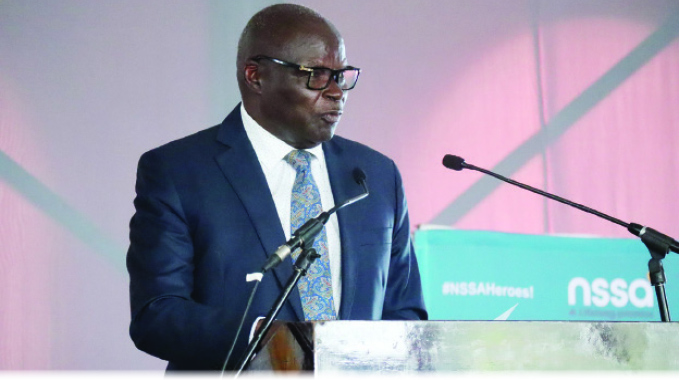Zim moves to attain regional fuel hub status

Business Editor
ZIMBABWE exports an average of 10 million litres of fuel to neighbouring countries per month as the country moves to attain regional hub status in fuel trade and transportation.Responding to questions from legislators in Parliament last Wednesday, Energy and Power Development Minister Samuel Undenge said progress had been made towards positioning Zimbabwe as a regional centre for the supply and distribution of refined fuels to the whole of central Africa.
“The government policy is to make Zimbabwe a hub of fuel trade in the region. Being centrally located, Zimbabwe is strategically placed for this exercise. It’s a natural advantage which we enjoy,” said Undenge.
He said Zimbabwe had a competitive advantage because of its location with a huge fuel storage capacity of up to 537 million litres through the National Oil Infrastructure Company of Zimbabwe (NOICZ).
The minister said the country’s capacity exceeds the one at Beira in Mozambique, which stands at 32 million litres.
“Turning Zimbabwe into a hub of fuel trade and transportation in the region will not be achieved overnight. It’s important to ensure that steps are consistently taken towards the achievement of this goal. This is progressively being done,” he said.
Taking advantage of the huge storage capacity in the country, he said, the government had convinced international oil companies to station their fuel in Zimbabwe, in bond.
“Local oil companies can therefore, now import fuel from within the country, greatly reducing the turnaround time. Some regional countries, namely Zambia, Malawi, DRC and Botswana, get some of their fuel supplies from or through Zimbabwe via the pipeline,” Undenge added.
He, however, said fuel exports from Zimbabwe to the region were still low with an average of 10 million litres being exported per month.
“This is but the beginning. Efforts are underway to increase the exports and make Zimbabwe the preferred route for these regional countries,” said the minister.
Presently most countries get the bulk of their supplies through Dar es Salaam in Tanzania.
Undenge said as a first step, NIOC recently reduced storage charges for export bound fuel by $10 per cubic metre from $80.50 cents.
He hoped the move would help in capturing regional tracks that still transit through Zimbabwe to pick fuel from Beira when fuel is available at Msasa.
Meanwhile, the country needs to develop adequate infrastructure to become a hub of fuel trade.
He said the country’s pipeline reached its designed capacity sometime in 2011 and was now pumping a maximum of six million litres per day from four million litres.
“Pipeline upgrades are planned and the next phase is to install three additional booster pumps along the pipeline resulting in a throughput of 7,5 million litres per day. The subsequent phase will involve the replacement of existing pumps with bigger ones, resulting in throughput of 16 million litres per day,” said Undenge.
He said plans for the second pipeline were on course while a third fuel loading gantry has been constructed at Mabvuku to enhance the loading of tankers.
“The Mabvuku fuel loading gantry will have the capacity of loading eight tankers at a time. In addition, in order to facilitate both fuel storage and loading in the western and southern parts of the country, NOICZ recently purchased a fuel depot in Bulawayo.
“This will also facilitate the loading of fuel destined for Botswana. The Bulawayo fuel depot is currently being refurbished and fuel storage at the said depot shall be increased,” said Undenge.









Comments